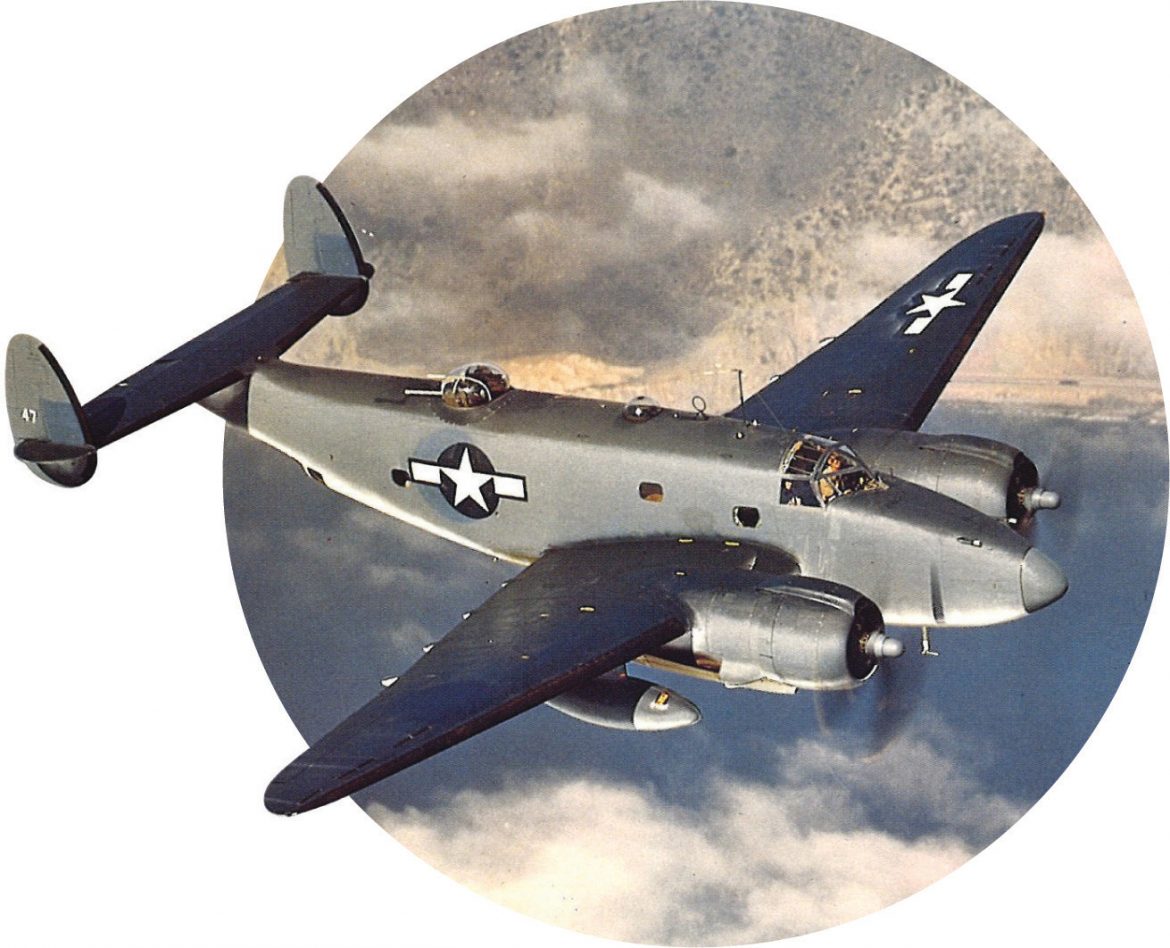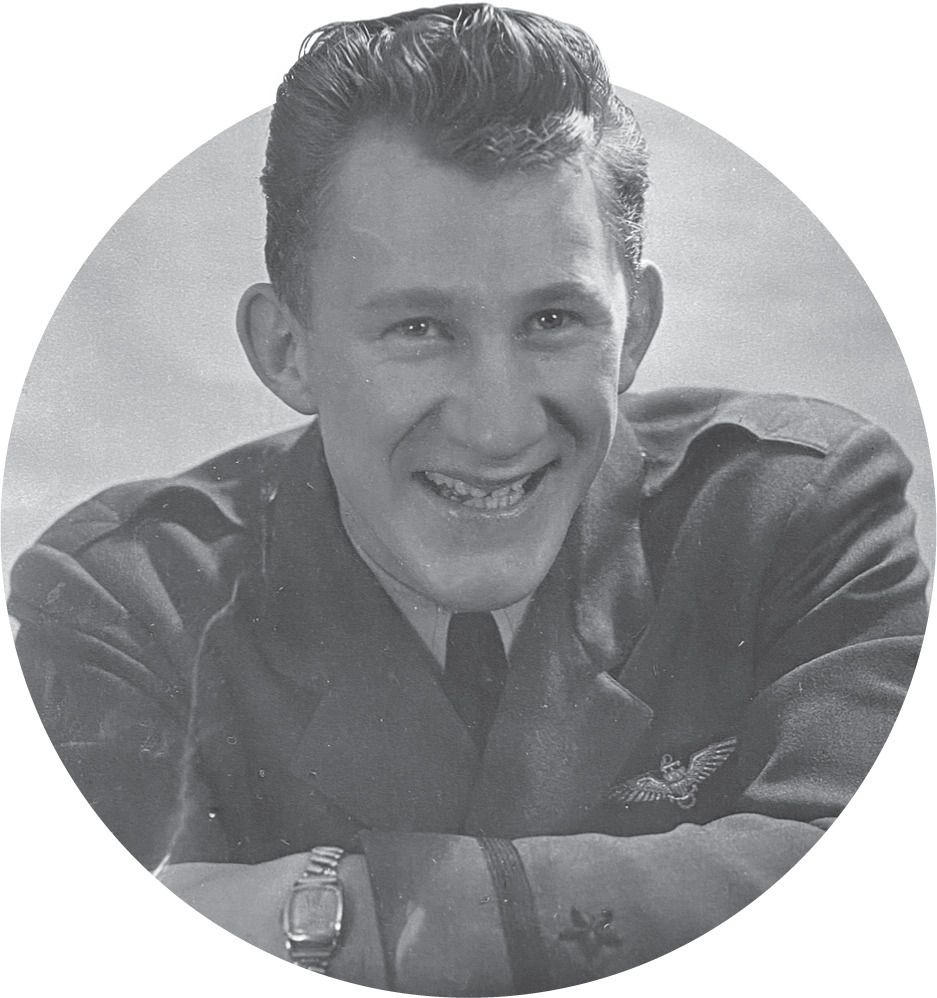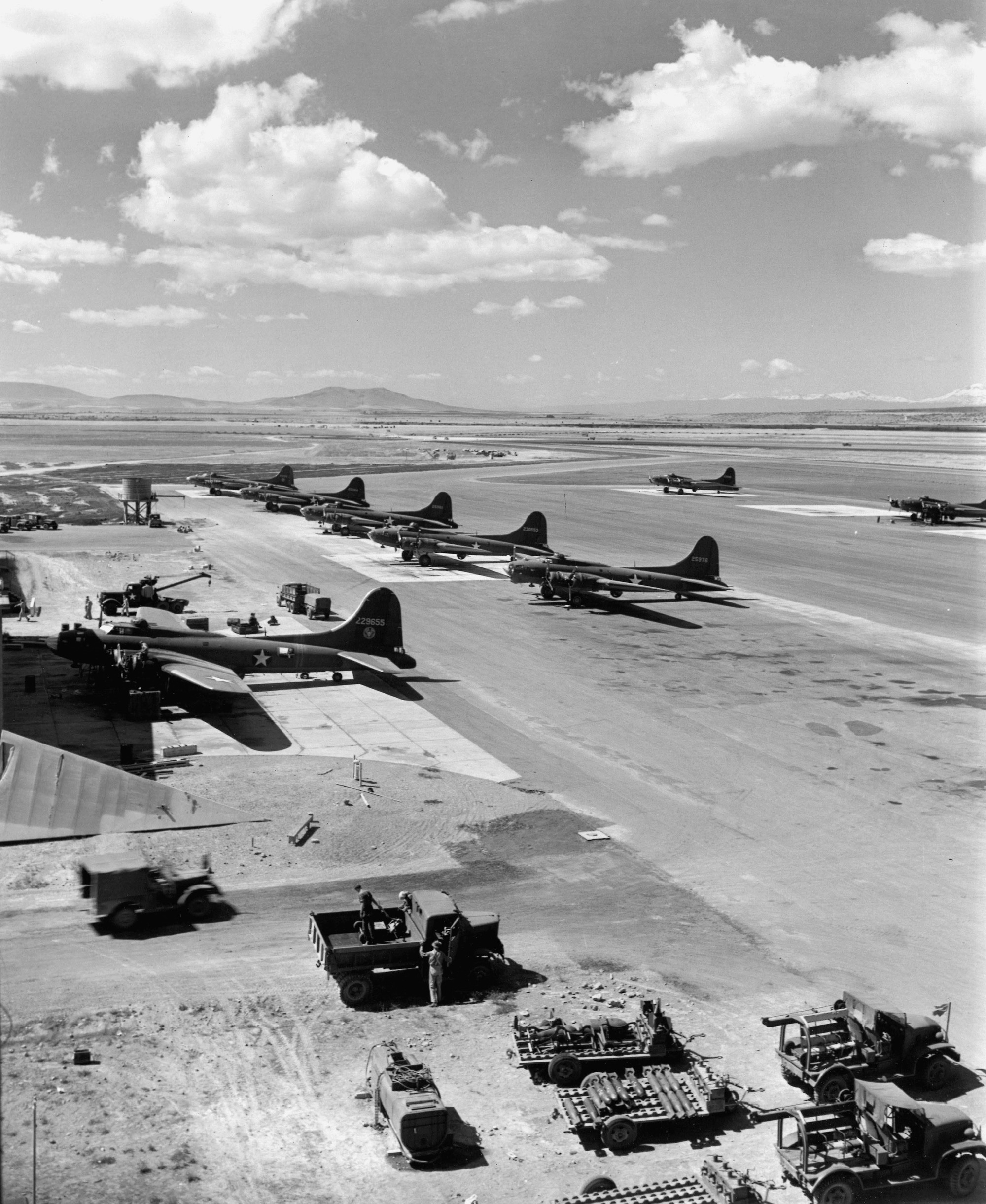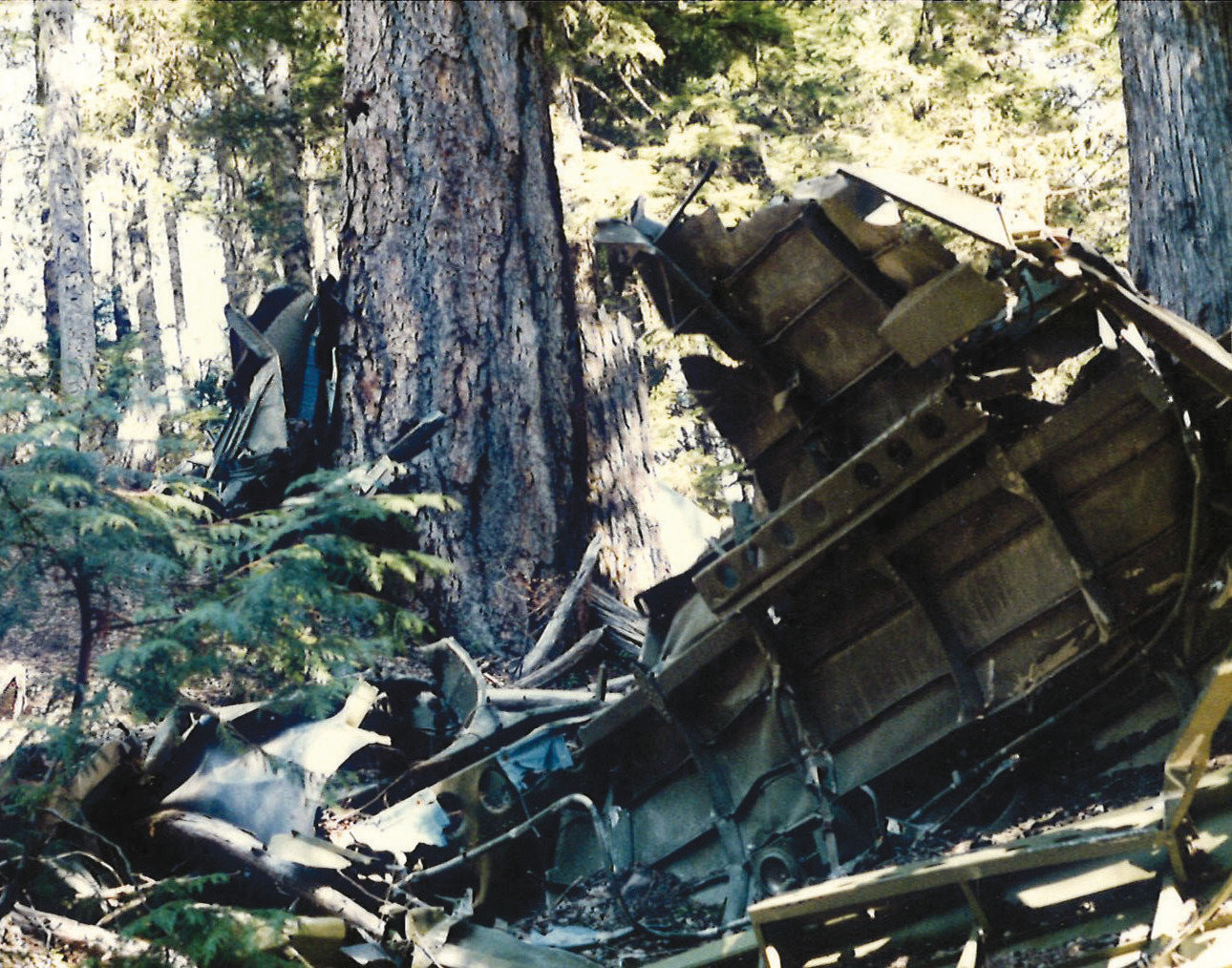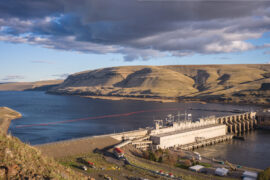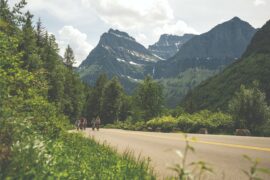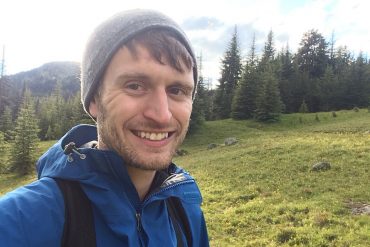As American airmen fought overseas, a nearly forgotten war unfolded in the Northwest
written by Sig Unander
It had been less than three months since World War II officially ended in September, 1945. Millions of far-flung servicemen were coming home, anxious to resume lives put on hold by history’s biggest, bloodiest conflict. Among them were two young Navy pilots and a flight engineer assigned to ferry a war-weary Lockheed Ventura bomber from Whidbey Island Naval Air Station to an aircraft boneyard in Clinton, Oklahoma.
The Ventura was a fast, hard-hitting ship first deployed in the Aleutian Islands to strike enemy military bases far out in the Kurile Islands in Russia’s Far East and later in the South Pacific. Secret radar equipment enabled the agile, twin-tailed predator to hunt enemy subs at night and find airmen lost at sea. But now that Japan had surrendered, these high-tech aircraft were obsolete.
This plane, number 49459, had flown long range combat missions from Attu Island in the summer of 1944, and then redeployed with a ferry squadron. Still in Navy grey and blue camouflage, it displayed the sleek, thoroughbred lines of an antecedent, the 1930’s Electra airliner which Amelia Earhart had flown. A shame, perhaps, to turn this warhorse out to be rendered by a scrapper’s crane.
Her new crew: pilot Lt. J.N. Johnston, copilot Lt. Carl “Ed” Norberg, a likable flight instructor from Eatonville, Washington, and flight engineer Robert Knoy, a native Arkansan. They had picked up two passengers: Army Lt. Warren Lawson of Mangum, Oklahoma, who’d flown combat missions over Europe and was heading home, intent on pursuing a long-distance romance with a girl he’d met in Paris, and nineteen-year-old sailor Coleman Ashkins, eager to see his family back in Bridgeport, Connecticut. Norberg had a special reason to get home. His wife had recently given birth to their first child.
The crew and passengers had cleared Whidbey the day after Thanksgiving but winter storms had kept them grounded at Portland Army Air Base. Now, tired of cooling their heels, they clambered aboard. Weather reports were sketchy: unstable polar air moving in from the Cascades with broken clouds and showers. There would probably be icing. Still, Johnston, a veteran ferry pilot with 1,800 logged hours, felt confident enough to get clearance for takeoff.
In the cockpit, Johnson gripped the twin throttle levers and smoothly pushed them forward. The two 2,000-horsepower engines roared, propellers blasting a whirling maelstrom as the ship rocked and shuddered. He released the brakes. The plane lurched forward and quickly gained momentum. When the airspeed indicator needle hit flying speed, Johnston eased the control wheel back and Norberg retracted the landing gear. At 12:10 p.m. on November 29, 1945, Navy 49459 lifted gracefully off the earth.
The routine flight, seemingly insignificant, would turn out to be anything but. It would become part of an important but nearly forgotten aspect of World War II that played out in Washington and across the Pacific Northwest.
The Northwest at War
After the Japanese air attack on Pearl Harbor in December, 1941, military and civil authorities believed the West Coast would be hit next. Air raid drills and blackouts were held in Northwest cities. Boeing covered its Seattle aircraft plants with camouflage. Private aviation was banned. Almost every airport of any size was converted to military use and existing bases quickly expanded. Whidbey Island Naval Air Station, McChord Field near Tacoma and Seattle’s Paine Field supported sea searches for enemy submarines and aircraft carriers. Airfields in Moses Lake, Ephrata, Pasco, Walla Walla and Spokane became sprawling facilities with lengthened runways from which thousands of newly minted pilots and crewmen flew fighter and bomber combat training missions.
Some pilots and crews never made it to war theaters. The combination of volatile weather, high mountains, marginal radio communications, tight schedules, inexperienced crews, lack of instrument training and hastily built planes often proved fatal. So did carelessness. Fighter pilots frequently buzzed cars, boats and livestock at high speed. “I almost ended my career by slow-rolling at 100 feet over my girlfriend’s house,” recalled Gen. Edward B. Giller, a P-38 pilot who later saw combat over Europe. Military aircraft crashed with astonishing regularity—21,583 planes were lost due to accidents in the United States during the war years, more than the number of aircraft in all U.S. military branches combined today.
Quick action by pilots during in-flight emergencies saved the lives of a number of crewmen, often at the expense of their own. Such actions, if taken in combat, might have merited posthumous decorations. These stories landed on the front page of newspapers, yet seventy-five years after the war’s end, 2,390 service personnel—mostly airmen—remained unaccounted for in the continental United States.
Army Air Force and Navy planes that fell in the desert and wheat country of central and eastern Washington were soon located, the wreckage and crew remains recovered. Others simply vanished in the endless sea of tall timber and rugged terrain of the North Cascades and Blue Mountains. Despite intensive air searches, many were not found. Searches were abandoned in the exigency of the war effort and the airmen presumed dead, their families receiving condolences, but not closure.
The military attempted few postwar searches. Records were filed away in government archives, the incidents forgotten. Wreckage of lost aircraft and remnants of their crews remained hidden deep within the Northwest’s vast rainforests, submerged in lakes and bays or entombed in glaciers on high volcanic peaks. As the climate warmed, snowfields melted and glaciers receded, aircraft and remains came to light.
Some lost planes were found several decades after they went missing, when hikers, hunters or surveyors stumbled on them. A hiker from Bellingham exploring Mount Baker in 1994 came across a debris field at 7,500 feet on Thunder Glacier. Melting ice revealed the glacier’s long-held secret: the scattered detritus of a Navy bomber that disappeared with Lt. Commander Ralph Beacham and his five-man crew in 1943 on an instrument training flight from Whidbey Island.
A few years later, two hikers discovered the wreckage of an Army Air Force P-38 fighter that went down in the Pasayten Wilderness, stretching across the border with Canada, en route to Everett’s Paine Field in November, 1942. The pilot’s remains were eventually identified by a military forensics team as those of twenty-four-year-old Lt. Kenneth Ambrose, who had shot down two enemy planes in the Aleutians a few months before he disappeared.
Other aircraft have never been found. A Navy torpedo bomber vanished with its three-man crew on a night training mission near Whidbey Island in July, 1943. An Army P-40 fighter went missing in December, 1942 on a flight from McChord Field. A Navy FM-2 fighter left Quillayute Naval Air Station in June, 1945 and never returned.
More missing war planes and crew remains will likely be discovered as remote areas become explored and searches by civilian aircraft archaeologists, working with old records and new technologies, locate missing planes and offer closure for families of lost airmen.
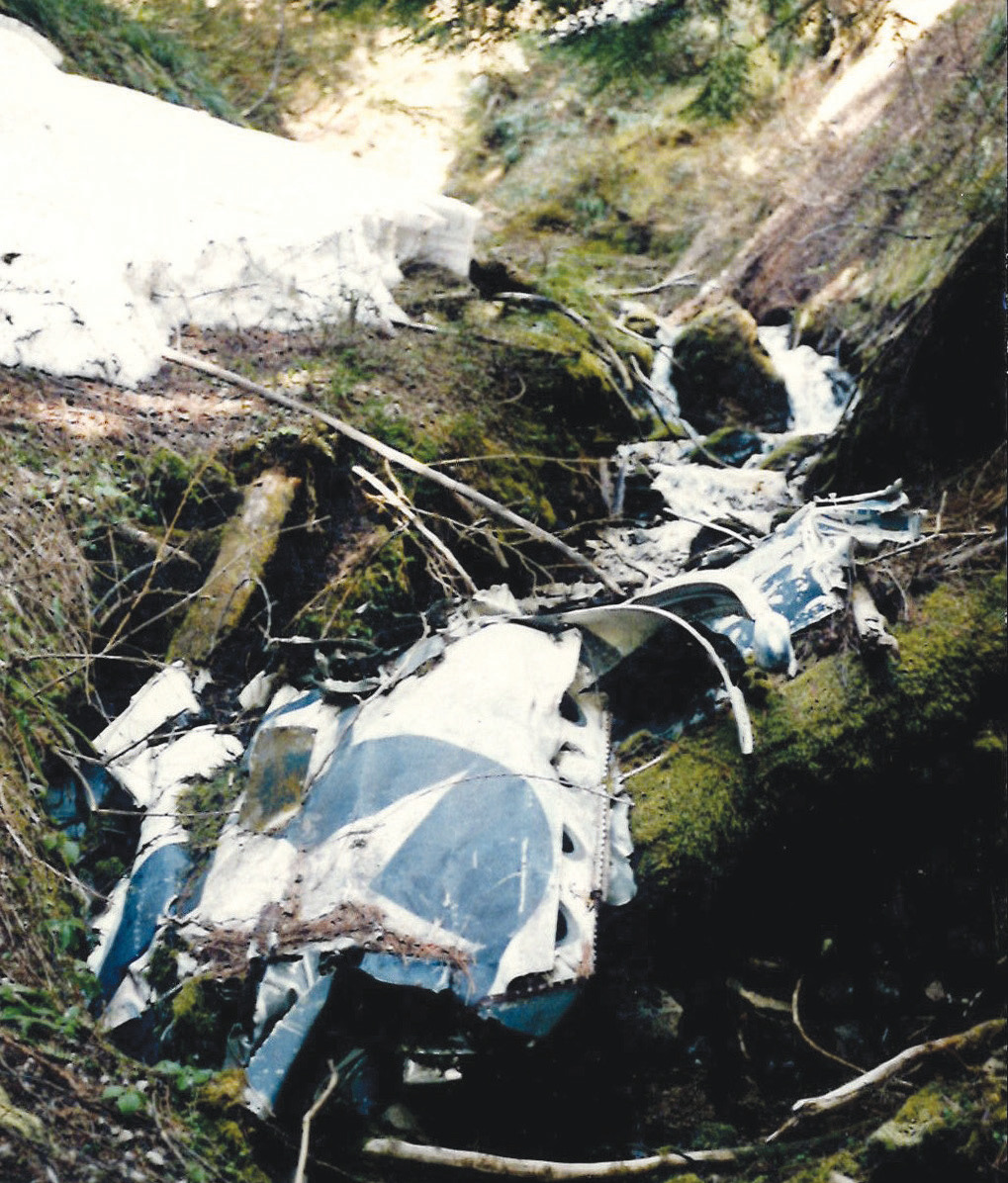
As Navy Ventura 49459 climbed south out of Portland with pilots Johnston and Norberg at the controls, it was quickly swallowed up in a grey overcast. In the darkened cockpit, both kept their eyes on the glowing gauges in front of them. At 19,000 feet, they broke out into brilliant sunshine, suspended above a feathery cloudscape. Ahead loomed an unbroken wall of storm clouds towering higher that the plane could climb.
Turning back, the pilots let down into the turbulent overcast. As they passed over Portland, the left engine coughed sputtered and lost power. Fighting for control, they feathered the propeller of the dead motor, turning its blades parallel to the slipstream, minimizing drag. The descent steepened, and their course continued north across the Columbia River. Five minutes passed. At 5,500 feet, with no radio contact and zero visibility, copilot Norberg ordered passengers Lawson and Ashkins to put on their parachutes, then yelled,“Get out, get out for Pete sakes! Do you want to die?”
Somebody kicked open the side hatch. A roaring blast of cold air filled the fuselage. Out tumbled Ashkins, then Lawson. As Johnston and Norberg fought to keep the crippled bomber steady, Flight Engineer Knoy followed.
Free falling, Lawson counted to five and jerked the D-ring on his parachute. Nothing. He reached into the small chest pack and pulled. There was a snap and the harness jerked him upright. A large canopy blossomed overhead and suddenly he was drifting serenely in the clouds.
“As we broke out, it was snowing. I could see trees below and shouted to the others to cross their legs to prevent injury,” Lawson had recalled in a 1945 interview with The Oregonian. Lawson crashed through the treetops and felt his chute snag. He hung there, suspended from a large fir tree. Carefully, he pulled himself up the shroud lines to the trunk, freed the chute and climbed down. He was in a stand of tall timber growing in a jumble of fallen logs hidden under deep snow.
Two voices rang out distantly, calling for help. Lawson moved arduously toward the closest. It was the young sailor, dangling precariously from a tree limb, seventy-five feet up. He was scared. Lawson told him what to do but Ashkins had slammed into the trunk and was too weak to climb the lines. There was no choice but for Lawson to walk out and get help. Checking his watch, Lawson noted the time and the direction of the lightest area of the sky and set out on a course he believed was west.
Nineteen months of combat had not prepared Lawson for what followed. Nightfall came three hours later and with it howling, subzero winds and more snow. He curled up in a small hollow between two trees, shivering beneath his wet parachute.
The following morning, he set out early and found a small stream that ran south. It widened and led to a waterfall that cascaded into a deep chasm. After several unsuccessful attempts to descend the drop off, Lawson negotiated a slow, torturous path down the canyon wall. At the bottom he spent a second night shivering in a hollow.
He awoke semiconscious and much weaker. His feet were swollen and his joints hurt. The situation seemed hopeless. It would be easy to stop fighting, to give up and lie there in an endless slumber under a soft blanket of snow. But persistent thoughts of the sailor and the others pricked him. Slowly, he shook himself awake and got up.
Following the canyon creek downward, he spotted a decrepit lean-to. Inside its dark, musty interior he found matches, coffee, flour and stale gingersnaps. Boiling water in a tin can over a roaring fire, he made “the best coffee I ever tasted in my whole life,” Lawson recalled in the book Memoirs of a French War Bride which his wife, Liz Lawson, wrote and self- published in 1998.
The next day, Lawson followed the creek bed south and came to a cabin. A faded sign read, “Pine Creek Guard Station.” Inside he warmed his pants and frostbitten feet by a stove, then pushed on. Sometime in late afternoon he staggered onto a snowy road. He heard an engine and stood in the middle of the road. An old truck ground to a halt. Its driver stared incredulously. “I was unshaved, unwashed, clothes torn by crawling in the brush. To him I must have seemed an apparition of the ‘abominable snowman.’”
By nightfall Lawson was in the hospital. Several days later he accompanied a search party into the area. A four-horse pack train pushed through waist- deep snow and with Lawson guiding, reached the lean-to. But there Lawson had to stop, due to his weakened condition. Bad weather closed in. In danger of being trapped in a blizzard, the party turned back. There would be no joyful reunions for the young sailor or the others.
A Generation Later
One summer day in 1963, a Forest Service surveyor hiking through dense timber on the steep southeast slope of Mount St. Helens saw something unexpected. Wedged tightly against the bases of two Douglas firs were the tail section and crumpled wings of a large aircraft. A circular blue insignia with a white star was visible on the weathered grey paint of a wing panel. One side of the fuselage bore faded numerals: 459.
A search and rescue team from Whidbey Island Naval Air Station found no human remains but discovered a temporary campsite nearby and downslope from the wreckage, two makeshift snowshoes.
The Navy never returned to search for remains of the crew. With no equipment but parachutes and crude snowshoes, the survivors likely succumbed to hypothermia or injuries as they struggled through deep snow drifts and frigid winds on the mountain. The final fates of twenty-three-year-old Norberg and the other crew members of Navy 49459 may never be known. Their remains and those of other airmen who never made it home still lie somewhere among the timbered ridges and sunless canyons in the rugged high country.


